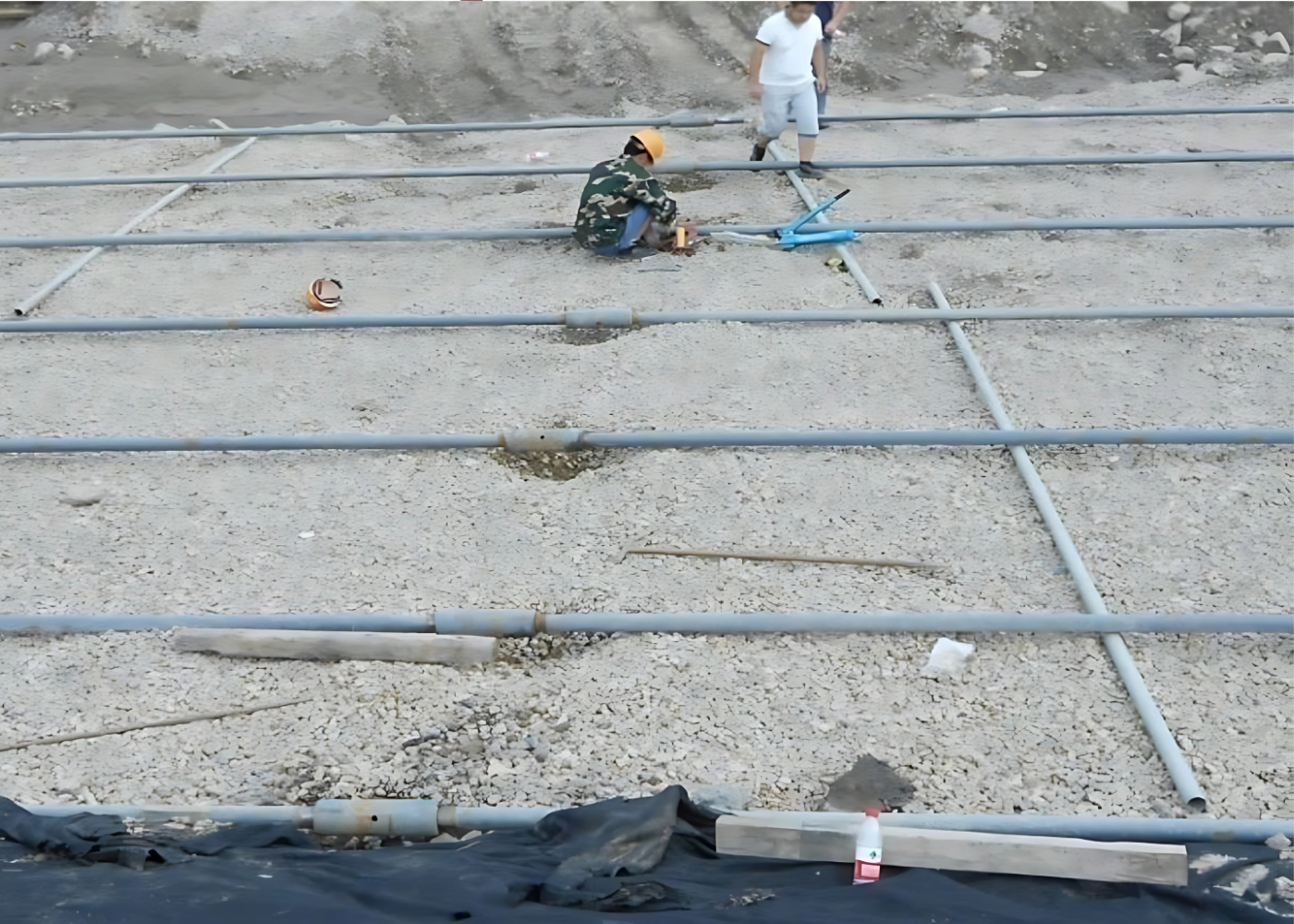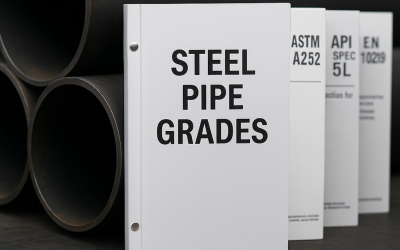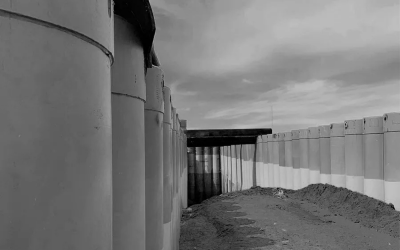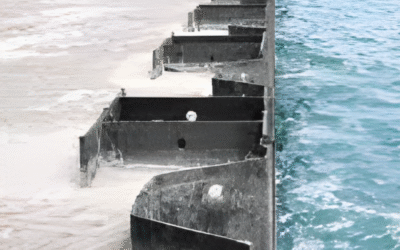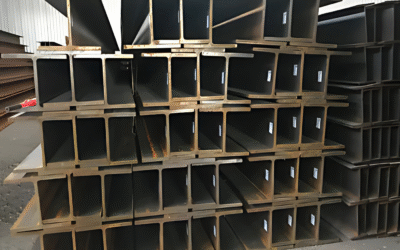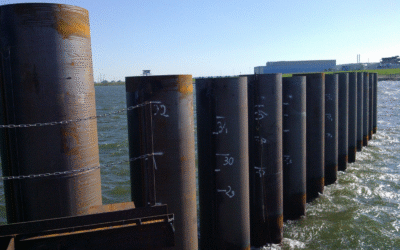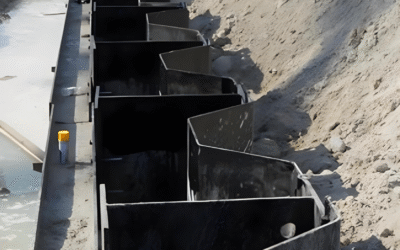Introduction: The Crucial Role of Precision in Steel Tie Rod Construction
Steel tie rods play a crucial role in stabilising both marine structures and modern concrete construction. Whether they are used in retaining walls, quay walls, or as formwork tie rods for concrete structures, precise design and installation are essential. Poor tie rod construction can compromise load capacity, create alignment problems, or reduce the overall service life of the structure.
Design Stage: Loads, Sizing, and Design Considerations
Every successful tie rod construction project begins with careful design considerations, including structural analysis and load transfer calculations.
- Load Capacity and Tensile Strength: Engineers must calculate the expected tensile strength needed to resist lateral earth pressures, hydrostatic forces, and any dynamic loads from construction scenarios like vehicle impacts or wave action in marine tie rod applications. The correct load capacity ensures the system stays within its allowable stress design limits.
- Tie Rod Sizing: Factors like rod diameter, length, and allowable deflection shape the design. In some concrete structures, shorter tie bars or threaded rods are used to hold formwork panels stable during concrete pouring.
- Versatility: The tie rod system’s design must suit varied conditions — from deep marine anchorage to temporary formwork in concrete construction — and be robust enough to provide additional support where needed.
- Alignment: Misalignment can cause unwanted bending stresses, so proper positioning between retaining walls or formwork panels is essential.
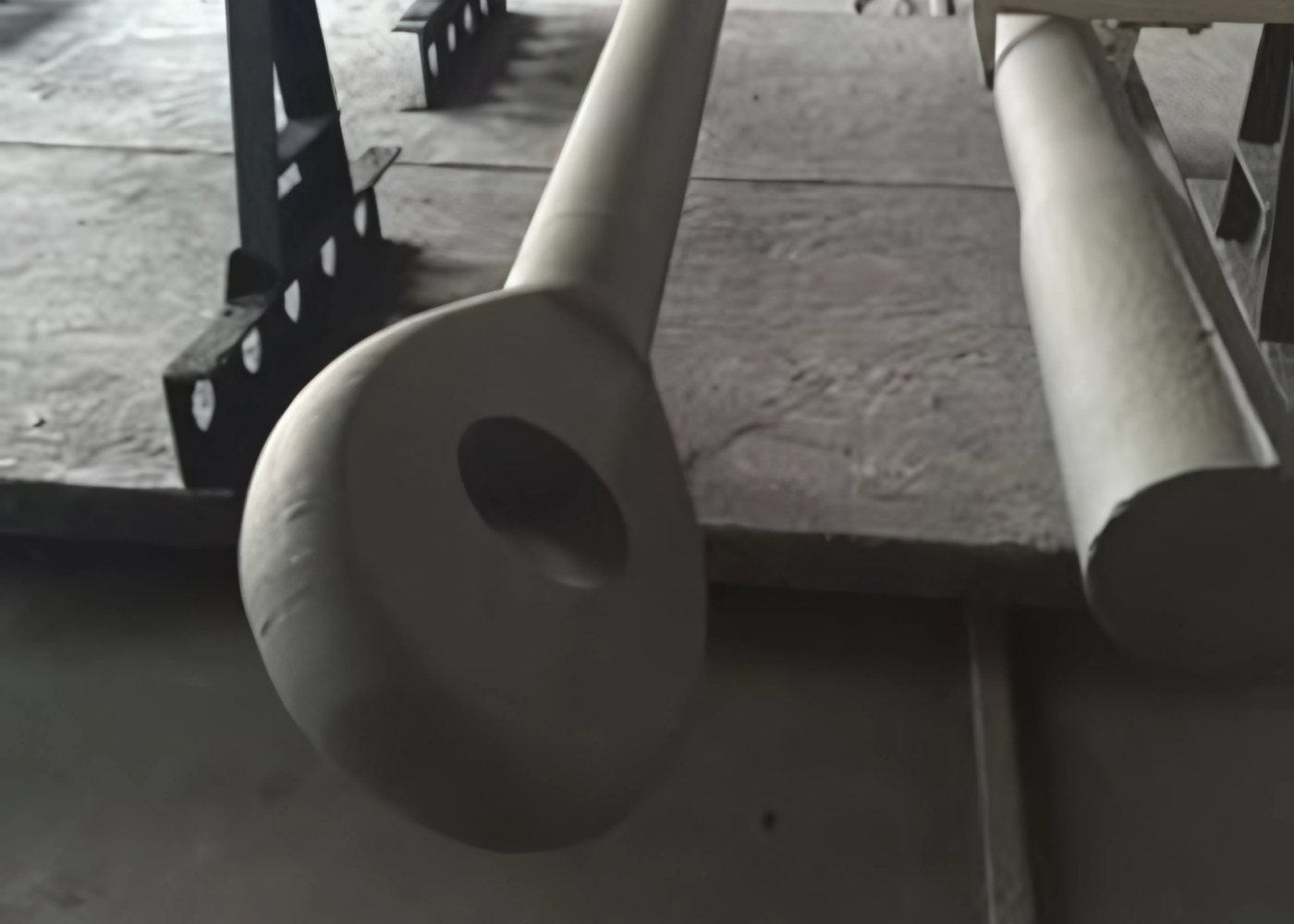
Material Selection: Grades, Coatings, and Tie Bar Components
Steel Grades:
- Structural engineers often select high-strength steel grades such as S355, S460, or S500 to ensure suitable tensile strength and versatility across different construction scenarios.
- For temporary works like formwork tie rods, standard carbon steel may be used, while weathering steel can add durability for exposed applications.
Protective Coatings:
Protective coatings are critical in extending the lifespan of steel tie rods, especially in harsh marine or buried conditions.
- Hot-Dip Galvanising: A cost-effective, durable coating widely used to protect threaded rods, tie bars, and connection components from corrosion.
- Epoxy Coatings: Epoxy systems, including zinc-rich primers, offer an additional barrier layer for improved durability in aggressive environments.
- Three-Oil Two-Cloth Anti-Corrosion Treatment:
For marine dock projects or buried tie rod applications, some manufacturers offer the three-oil two-cloth method. This advanced multi-layer treatment involves sequential application of:
- One layer of anti-corrosion coating (such as bituminous paint or epoxy coal tar)
- One layer of fiberglass cloth for mechanical reinforcement
- Repeated with a second layer of coating and cloth
- Finished with a third topcoat
This method significantly improves durability, corrosion resistance, and mechanical protection, making it suitable for demanding environments like seawater immersion or aggressive soils.
However, practical considerations are important: if this treatment is applied to accessory parts such as pin holes, threads of nuts, or tensioners too early, asphalt or resin may adhere to functional surfaces, complicating the final assembly. For best results, the main installation should be completed first, then the protective layers can be carefully applied to the exposed accessory areas on site.
- Site Finishing: In some projects, only the epoxy zinc-rich primer is applied at the factory, with final anti-corrosion treatments and finishing layers completed by the customer on-site. This ensures that critical surfaces like threads and tensioning assemblies remain functional during erection.
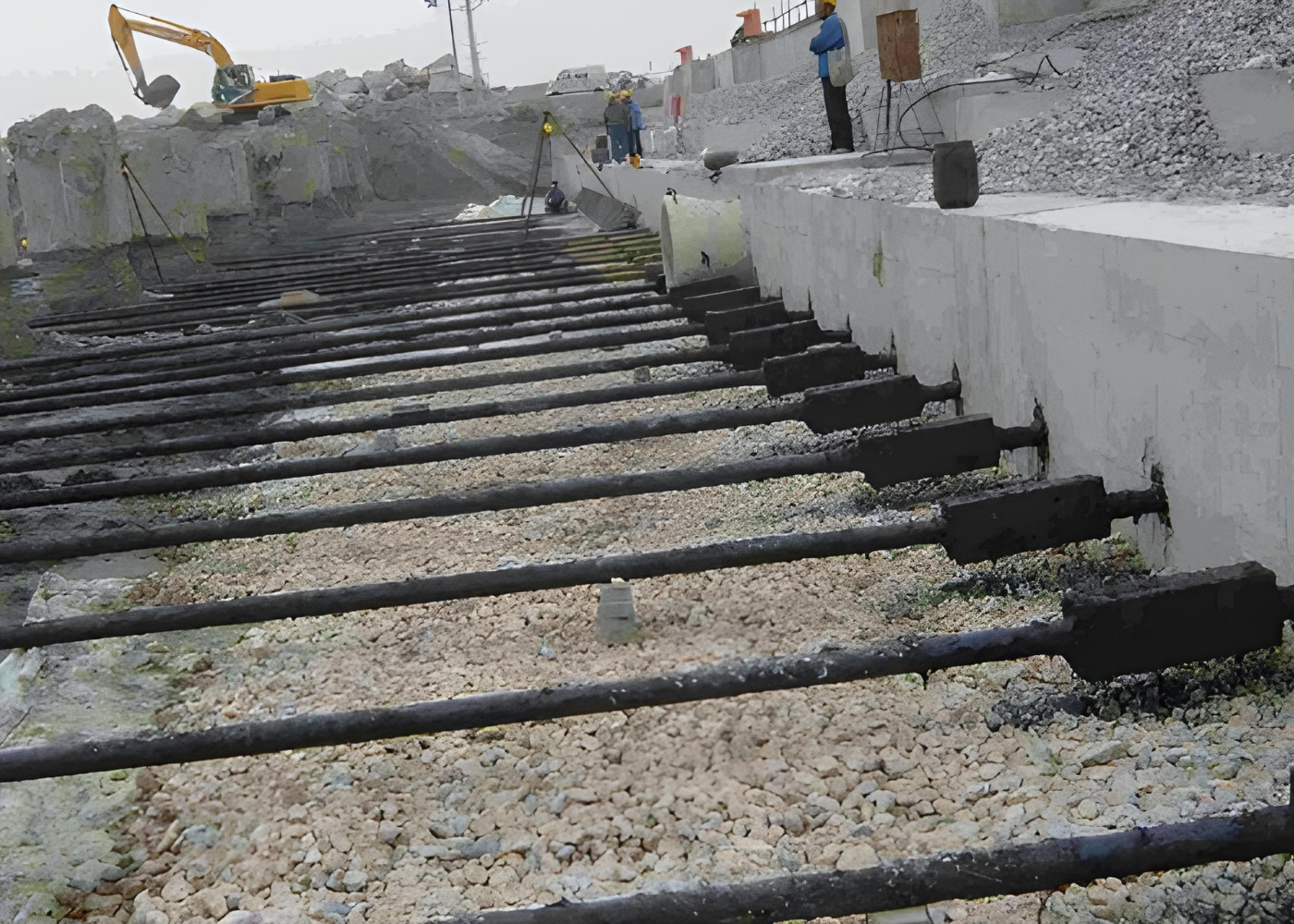
Other Components:
A complete system may include:
- Hex nuts, washers, wall plates, and couplers to ensure secure assembly.
- Anchor bolts, if tie rods need to be attached to concrete deadman blocks.
- Special fittings for formwork tie rods securely connect two parts of a formwork panel, keeping the shape stable and the formwork aligned while concrete is poured.
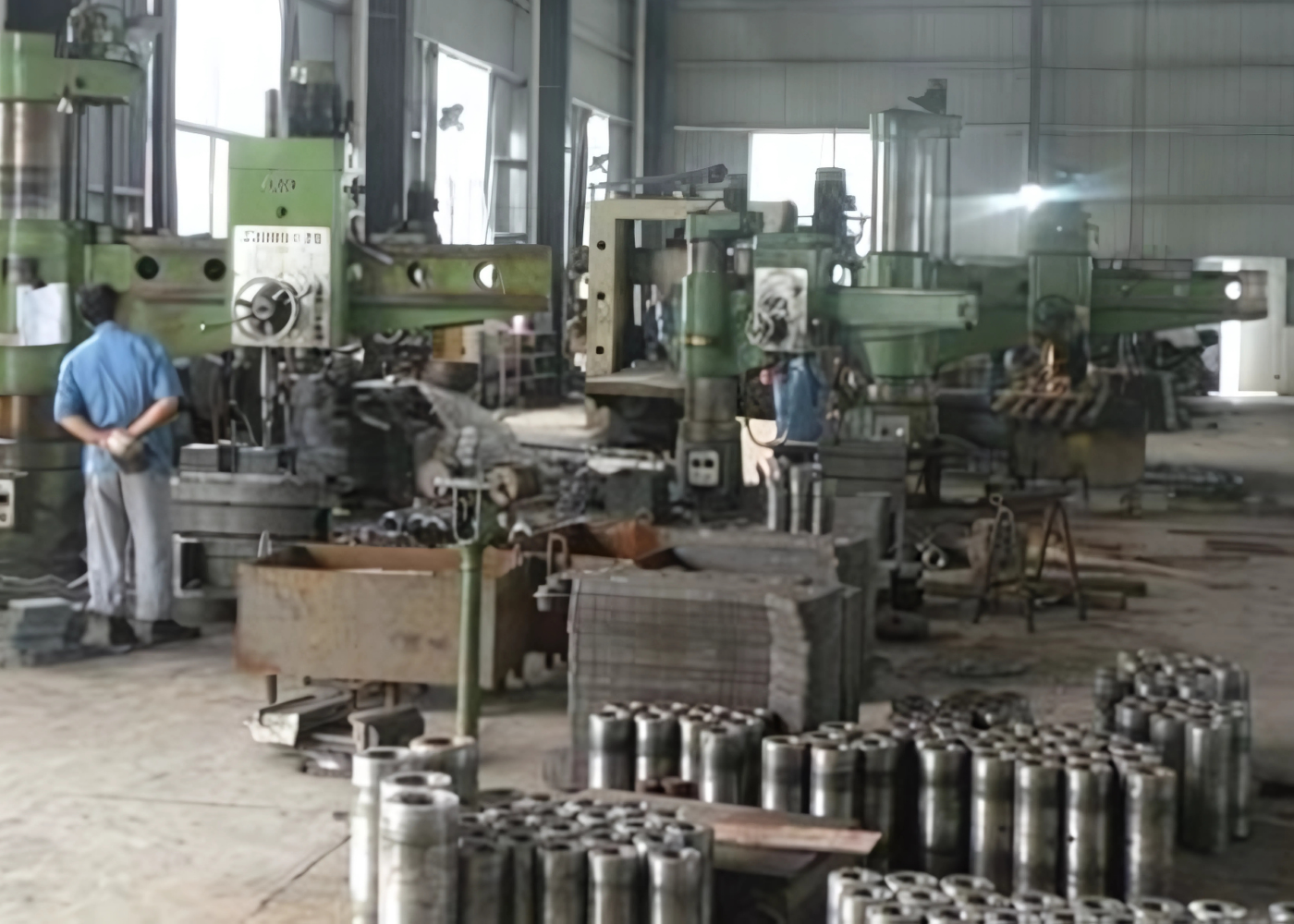
Fabrication: From Raw Material to Assembly
Quality fabrication is key to reliable tie rod construction.
- Threading and Cutting: Tie rods and threaded rods are cut to required lengths and threaded at both ends to connect with nuts or couplers. For formwork tie rods, easy assembly and removal are crucial to keep concrete surfaces clean.
- Welding: When tie rods must connect to base plates or end fittings, certified welding procedures ensure structural integrity. In permanent structures, welds must withstand long-term loads without fatigue cracks.
- Quality Control: Non-destructive testing (NDT) is standard practice to verify the steel’s tensile strength, weld quality, and dimensional tolerances before shipping to the site.
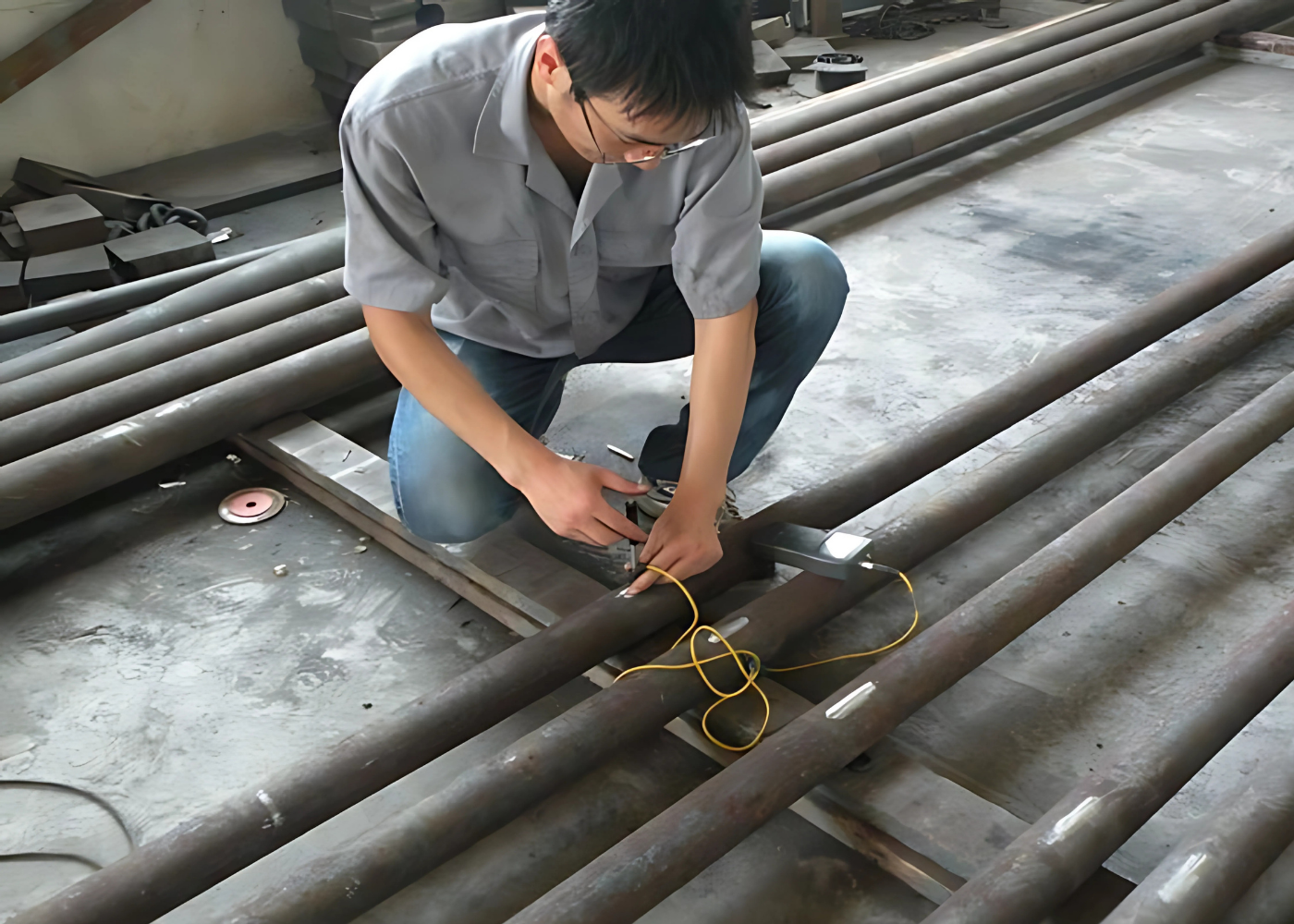
Installation Process of Tie Rod Systems: A Practical Guide
An accurate installation process maximises system performance and safety.
Drilling and Anchoring for Deadman or Anchors
- For marine or quay walls, the site crew drills boreholes for the deadman anchor block or buried anchor plates.
- In concrete construction, formwork tie rods are inserted through pre-set holes to keep panels aligned and stable.
Positioning and Assembly
- Tie rods are aligned carefully to maintain straight load paths. Components like hex nuts, washers, and wall plates are installed to ensure tight connections and distribute forces evenly.
- For formwork, the system should allow easy removal once concrete reaches sufficient strength.
Tensioning Process
- Hydraulic jacks apply the calculated tensile force. Controlled tensioning prevents slack and reduces wall deflection.
- Checking each tie rod for proper tension ensures the system performs as designed.
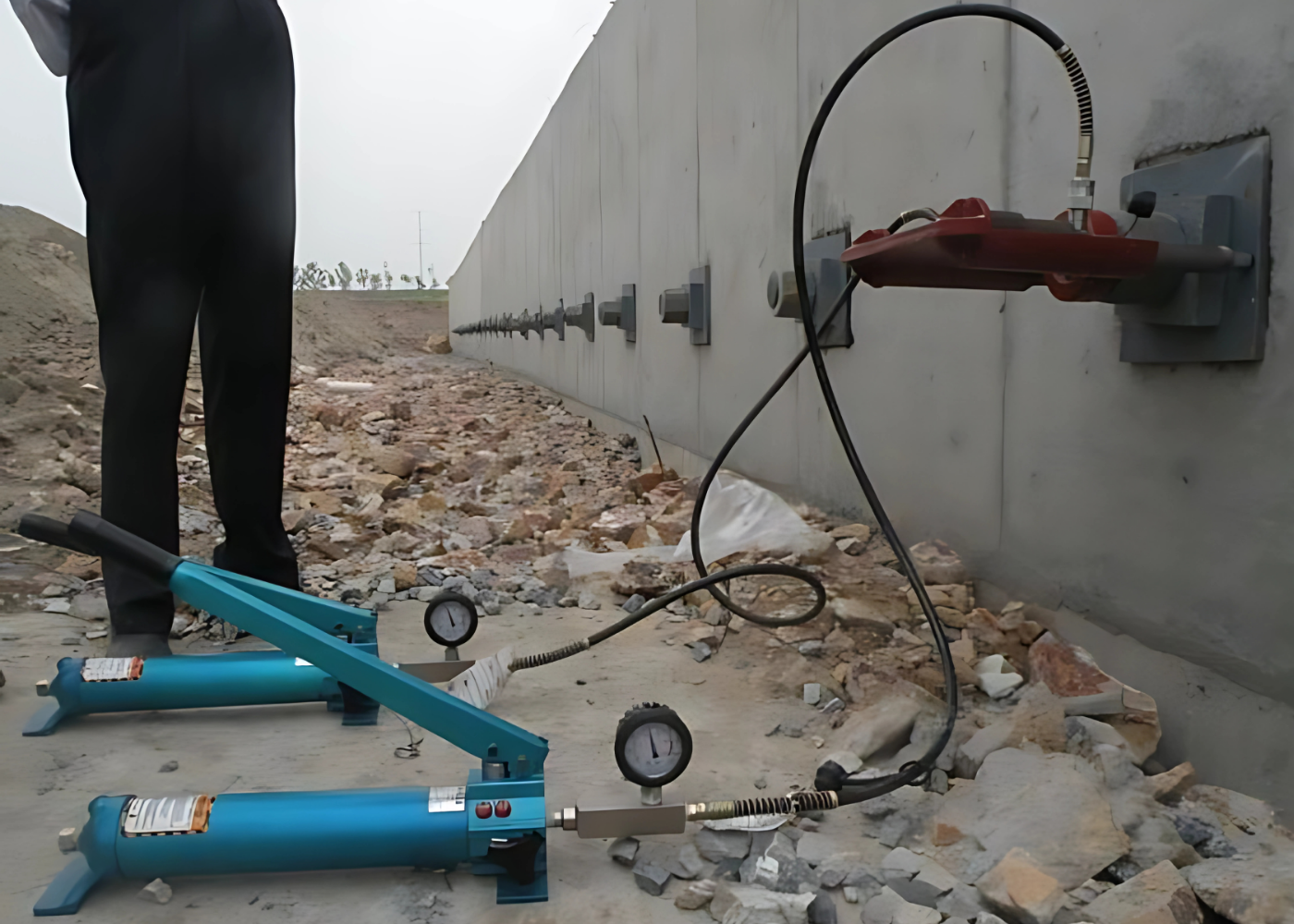
Testing and Inspections
Regular testing safeguards the system’s integrity:
- Load Testing: Confirms that tie rods achieve the required tensile strength and load capacity under real conditions.
- Visual Inspections: Detect corrosion, misalignment, or any damage to coatings.
- Formwork Inspections: In concrete construction, panels and tie rods are checked for leaks or shifting during the pour, ensuring a stable shape and safe removal after curing.
Common Pitfalls to Avoid
Improper Alignment: Misaligned tie rods can introduce bending, which they are not designed to resist.
Incorrect Tensioning: Over- or under-tensioning affects structural stability.
Unsuitable Components: Using the wrong grade or coating for marine tie rod applications or failing to remove formwork tie rods at the correct time can compromise concrete quality and structural performance.
Conclusion
From permanent quay walls to temporary concrete formwork, robust tie rod construction is vital for safety and long-term performance. Accurate design, suitable material selection, and careful assembly help meet demanding project requirements across all modern construction scenarios.
Contact us today to consult with our specialists and find a robust, cost-effective tie rod solution that meets your unique site and design requirements.
Related Products from Aema Steel
- Steel Tie Rod Systems
- Hot Rolled U Type Sheet Piles
- Hot Rolled Z Type Sheet Piles
- Steel Pipe Piles
- Welded H Piles
Contact us today to receive a tailored offer for your upcoming project.

